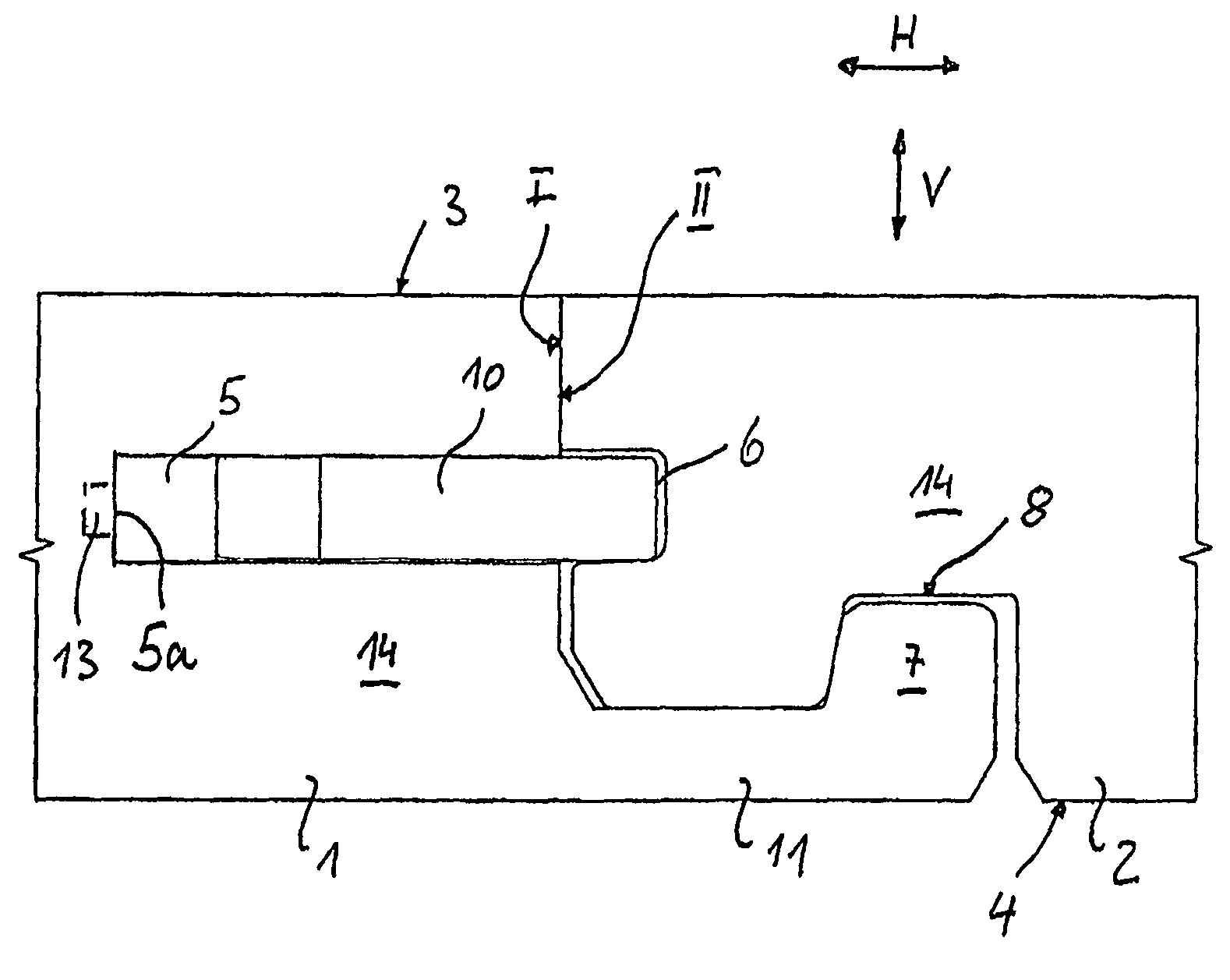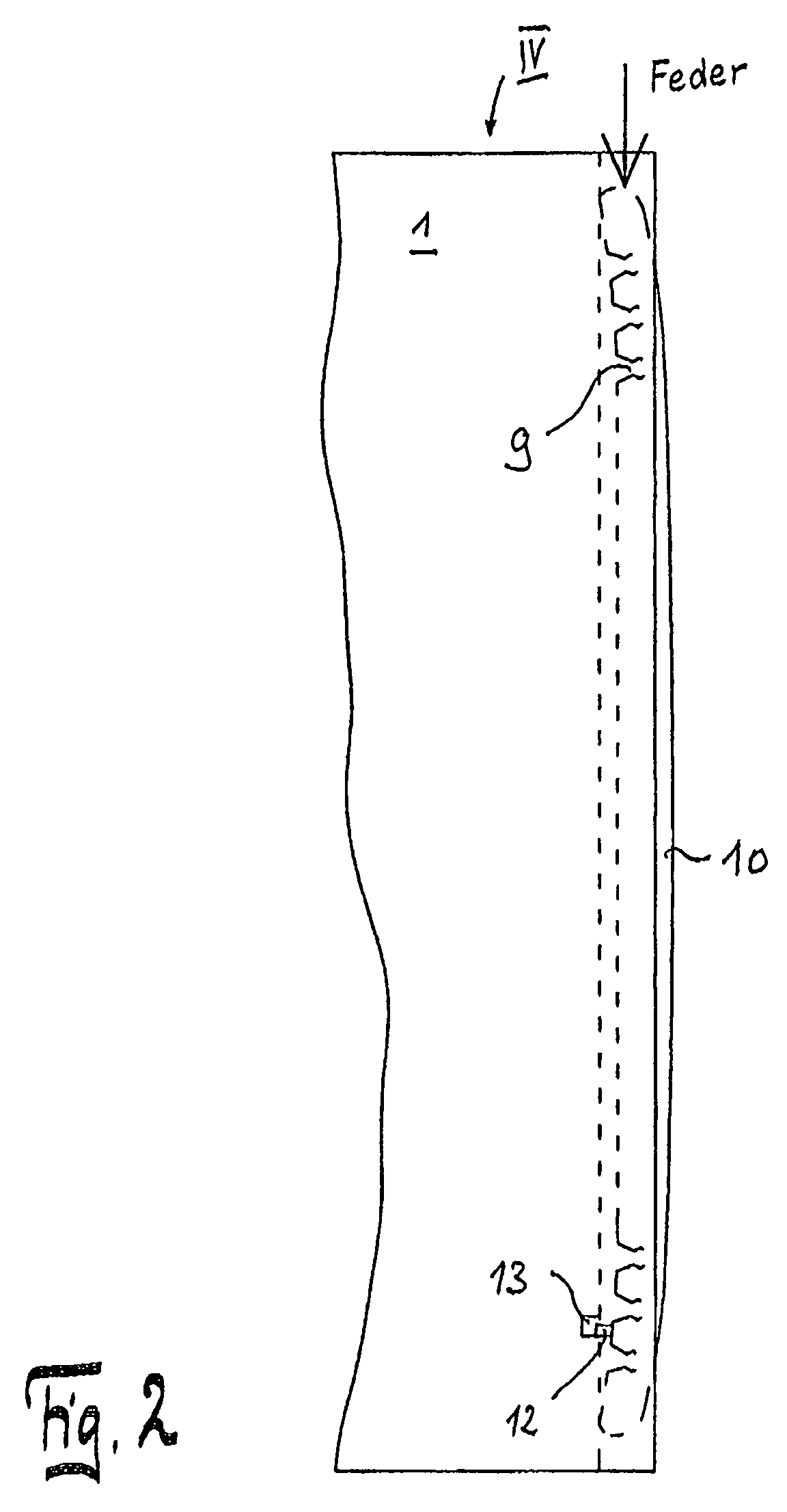Device and method for locking two building boards
a technology for building boards and devices, applied in the direction of building repairs, mechanical equipment, walls, etc., can solve the problems of inability to secure the first row of laid panels, the device is not suitable for locking, and the vertical locking is not possible, so as to facilitate the transport of panels, increase the pull-out strength of the joint, and increase the elasticity
- Summary
- Abstract
- Description
- Claims
- Application Information
AI Technical Summary
Benefits of technology
Problems solved by technology
Method used
Image
Examples
Embodiment Construction
[0040]The particulars shown herein are by way of example and for purposes of illustrative discussion of the embodiments of the present invention only and are presented in the cause of providing what is believed to be the most useful and readily understood description of the principles and conceptual aspects of the present invention. In this regard, no attempt is made to show structural details of the present invention in more detail than is necessary for the fundamental understanding of the present invention, the description taken with the drawings making apparent to those skilled in the art how the several forms of the present invention may be embodied in practice.
[0041]Referring to FIGS. 1-6, the building board is preferably a flooring panel 1, 2, 1′, 2′, 1″, 2″ with a core 14 of wood material (MDF or HDF) or a wood material / plastic mixture. A decorative layer with, for example, a wood grain can be adhered to the core 14 as a visible side 3 or pressed with the core or the pattern ...
PUM
 Login to View More
Login to View More Abstract
Description
Claims
Application Information
 Login to View More
Login to View More - R&D
- Intellectual Property
- Life Sciences
- Materials
- Tech Scout
- Unparalleled Data Quality
- Higher Quality Content
- 60% Fewer Hallucinations
Browse by: Latest US Patents, China's latest patents, Technical Efficacy Thesaurus, Application Domain, Technology Topic, Popular Technical Reports.
© 2025 PatSnap. All rights reserved.Legal|Privacy policy|Modern Slavery Act Transparency Statement|Sitemap|About US| Contact US: help@patsnap.com



